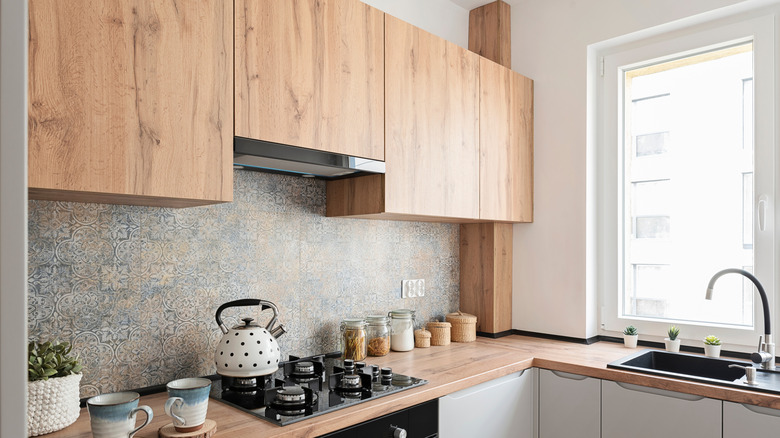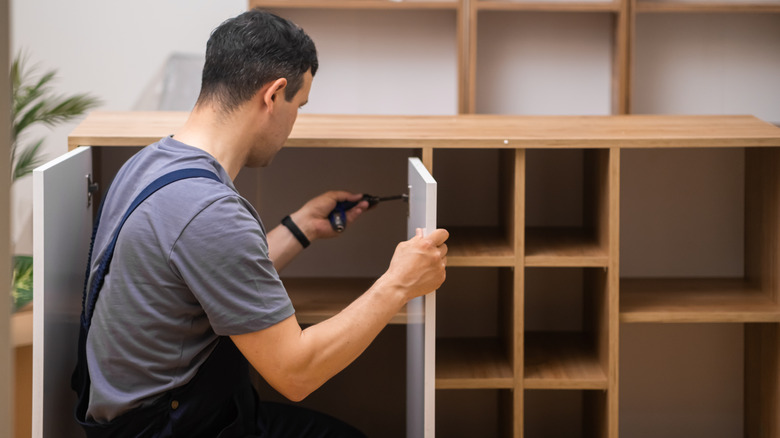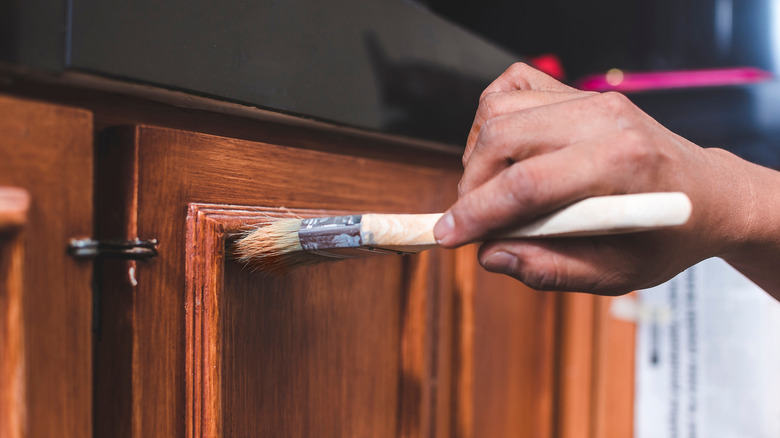Why It's Important To Understand What Cabinet Grades Are When Shopping
Kitchen cabinets can make or break a space. Not only do your cabinets impact your home's value, but they're a big part of your day-to-day life. If you're in the market for an upgrade, there are several things you need to know before installing kitchen cabinets. Among the most important are cabinet grades, as being familiar with them can provide insight into cost expectations, customization levels, and more. Kitchen cabinets are divided into four main grades: ready-to-assemble (RTA) and stock, which come in standard sizes, and semi-custom and custom, which can often be made to the customer's specifications. No single grade is the "best," but the ideal type for your home depends on a range of factors like your budget and kitchen layout.
Ready-to-assemble and stock cabinets are budget-friendly options for consumers who don't require a high degree of customization in their cabinet designs; they're available at a variety of retailers and home improvement stores. RTAs are generally the cheapest option because they are packed and shipped flat, reducing shipping costs — and as the name implies, the consumer handles assembly and installation. Stock cabinets are similar to RTAs but are pre-built. Both of these options may be made with cheaper materials to reduce costs, and since they're made to standard specifications, they're not ideal for customization.
If you want a customizable option, look into these grades
If you have a specific vision or a non-standard kitchen layout, custom or semi-custom cabinets might be a good choice. These options offer far more flexibility than RTA or stock cabinets. In addition, they may be made from higher-quality materials, which makes them quite durable. However, they tend to be more costly than other grades.
As the name suggests, customs cabinets are built to your specifications. This offers you a wide range of options when it comes to material, finish, sizing, and more. However, custom cabinets are easily the most expensive option available. The cost varies depending on labor, materials, and more, but you should expect to spend $500 to $1,200 per linear foot for custom builds compared to $100 to $400 per linear foot for RTE or stock cabinets. In addition, you need to factor in additional time for your project, as you'll need to locate an artisan to design and build your cabinets.
Semi-custom is the middle ground between pre-made and custom cabinets. With these, you select your cabinets from a manufacturer but can add modifications. The exact customization level depends on the individual manufacturer, but you can often choose your color, design, finish, and (depending on the manufacturer) dimensions. For semi-custom cabinets, you can expect to pay $100 to $650 per linear foot, and installation is often included. However, semi-custom cabinets must be pre-ordered so they can be adjusted to your specifications. For this reason, they may not be great if you're working on a tight timeline.
What else to keep in mind when shopping for new cabinets
One should not associate specific cabinet grades with overall quality levels, because a cabinet's grade simply tells you how it was built. There are other quality features to look for when purchasing new kitchen cabinets, such as the materials used in their construction. The highest quality materials include solid wood and plywood. Solid wood, like walnut and maple, is known for being especially beautiful; however, each type will have strengths and weaknesses. For example, maple is susceptible to scratches or dents, and it doesn't take dark stain very well — but it's extremely durable, and is one of the more affordable wood options. It's also worth considering plywood, as it is one of the strongest engineered woods available and often cheaper than solid wood.
If you're trying to save money, you aren't necessarily beholden to basic cabinet styles. One easy way to still achieve some of the benefits of custom cabinets without the steep cost is to check out stores like Home Depot for unfinished cabinets. This allows you some flexibility in choosing your cabinet's color, finish, and hardware. If you haven't worked on cabinets or similar projects before, though, make sure to do your research. To start, look into common kitchen cabinet finishes to determine the right option for your home, and brush up on tips for installing kitchen cabinets yourself.


